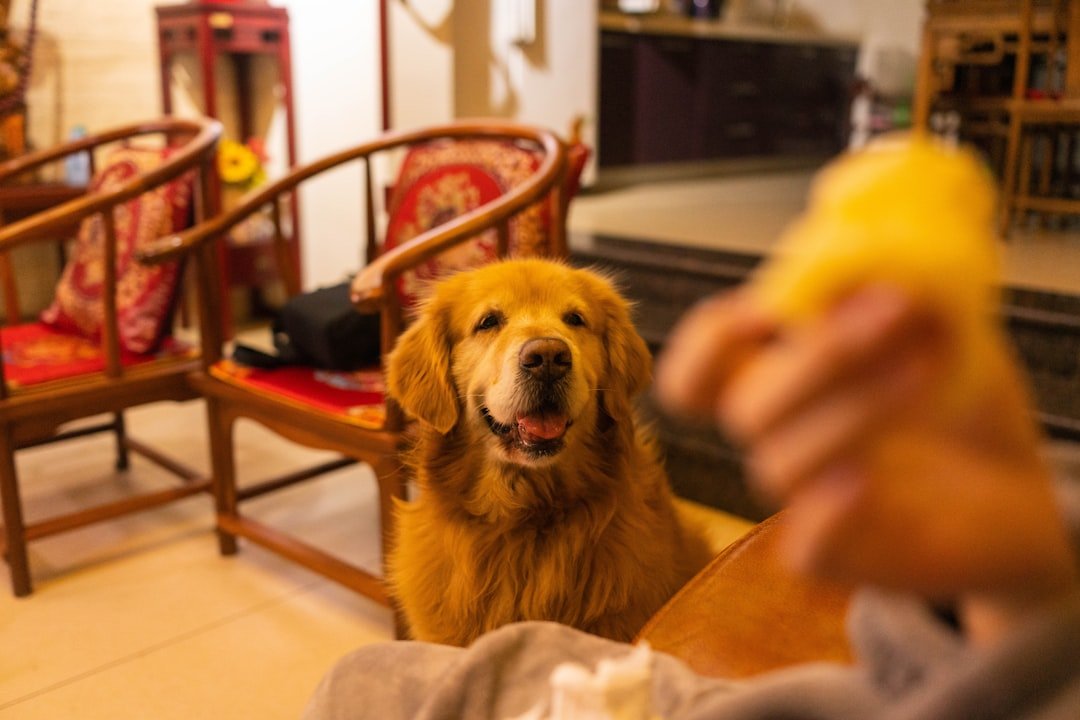Picture this: You’ve just sat down with your favorite meal, fork poised for that first delicious bite, when you feel it. The stare. Those soulful eyes boring into your soul, silently begging for just one tiny morsel. Your furry friend has mysteriously appeared beside you, complete with drool-worthy puppy dog eyes that could melt even the coldest heart. Welcome to life with some of the world’s most persistent canine dining companions – dogs who have turned mealtime manipulation into an art form.
Why do some breeds seem genetically programmed to turn every human meal into an opportunity for negotiation? It’s not just about hunger, though that plays a part. These particular breeds combine intelligence, food motivation, and an uncanny ability to read human emotions into the perfect storm of irresistible begging behavior. From the moment you unwrap that sandwich to the last bite of dessert, these dogs have strategies that would make professional salespeople envious.
Labrador Retriever: The Master Manipulator
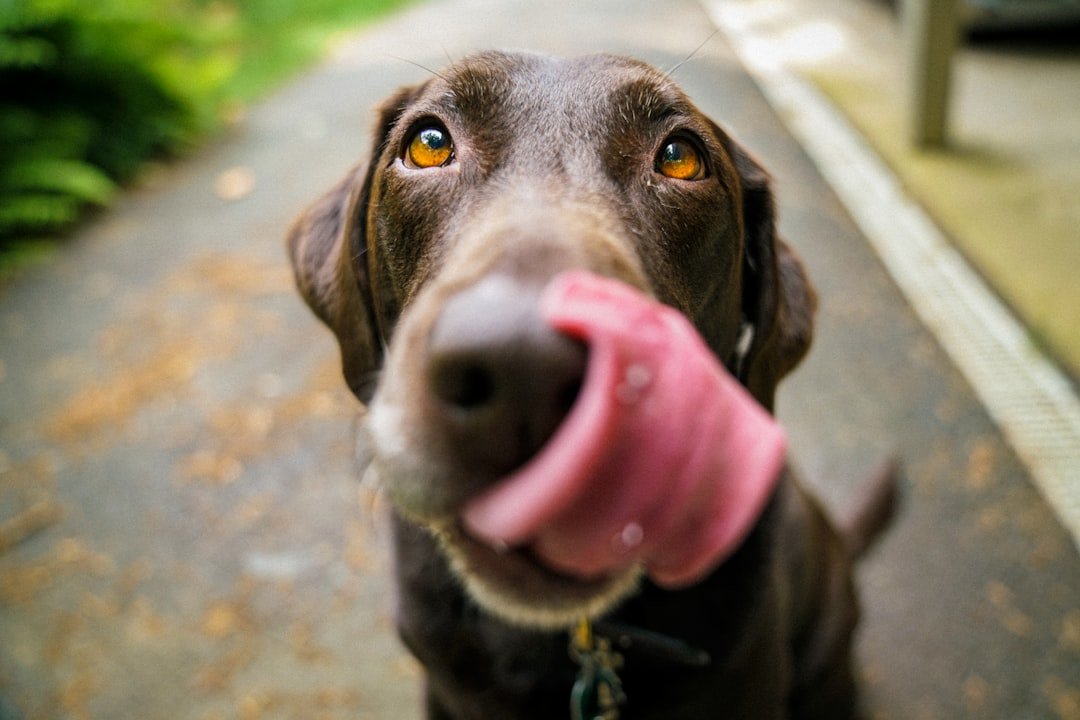
Labrador Retrievers reign supreme when it comes to food obsession, and there’s actually science behind their legendary appetite. Recent research reveals a unique genetic quirk – a mutated “greedy gene” called POMC. This mutation disrupts their appetite control, leading to an insatiable desire for food. It’s not just that they love food; their brains literally can’t register feeling full the same way other dogs do.
Labs have perfected the art of emotional manipulation during mealtimes. They’ll position themselves strategically beside your chair, maintaining unwavering eye contact while occasionally letting out the most pitiful whimpers. Labs are widely recognized as persistent beggars, always seeking a taste of our dinner. Their intelligence means they quickly learn which family members are most likely to cave under pressure.
Beagle: The Scent-Driven Strategist

The loveable Beagle often doesn’t know when to stop when it comes to food. This is a breed that will eat themselves to the point of illness if poorly supervised. Their incredible nose, originally bred for hunting rabbits, now works overtime detecting every crumb that hits your kitchen floor. Their historical role as rabbit hunters means food drive played a crucial part in training and motivation, making them naturally food-obsessed.
Beagles approach mealtime begging with the persistence of a detective on a case. They’ll follow food scents from room to room, positioning themselves wherever they believe the best opportunities lie. Their expressive faces and gentle nature make it nearly impossible to ignore their silent pleas, especially when they add that signature Beagle head tilt that seems to say, “Surely you can’t eat all of that yourself?”
Golden Retriever: The Gentle Giant Beggar
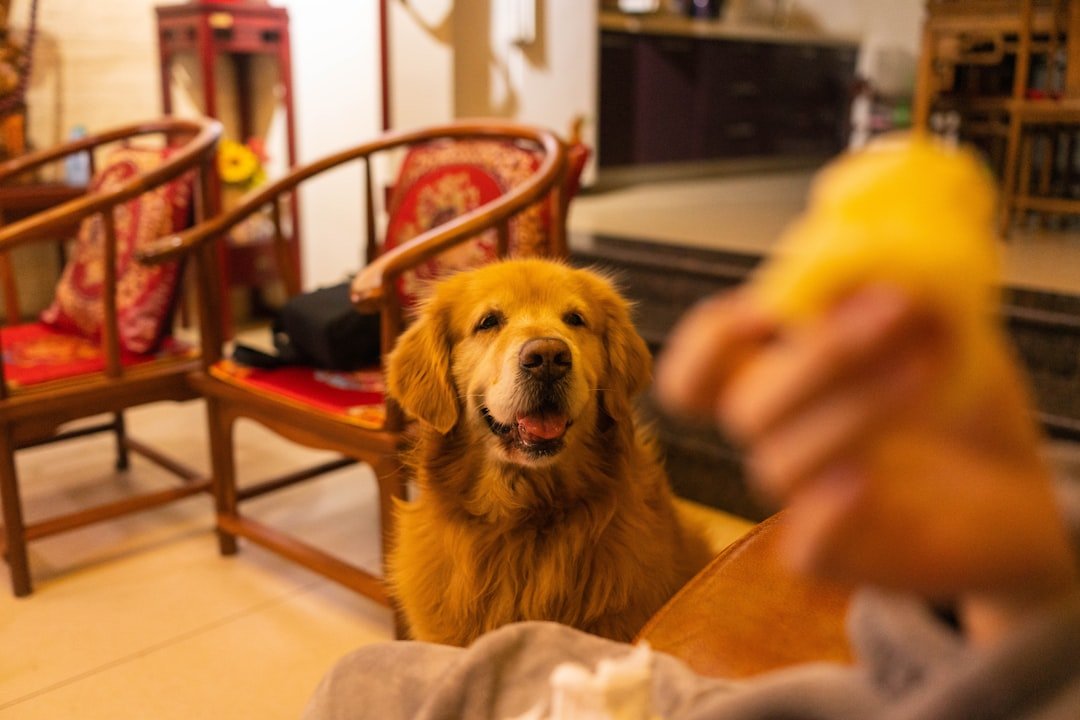
Golden Retrievers are known for their voracious appetites and would overeat significantly if not monitored. Despite their reputation for being well-behaved, Golden Retrievers are surprisingly persistent when it comes to food begging. Goldens are highly motivated by food, which makes them excellent training candidates but also relentless dining room companions. Their gentle approach to begging often involves simply sitting nearby and radiating hope.
What makes Golden Retrievers particularly effective beggars is their ability to appear patient and well-mannered while internally plotting their next food acquisition strategy. They’ve mastered the art of the “innocent bystander” pose – sitting just close enough to catch any dropped morsels while maintaining an air of dignity. They’ll go from person to person in hope of getting something, but with proper training, they can learn to lay quietly and be rewarded with treats away from the table.
Pug: The Professional Guilt-Tripper

The Pug really is known for having a fierce appetite and eating anything and everything he finds. Add to that his determined personality and that adorable, bug-eyed expression – clearly designed for successful begging – and you have a little dog who lives for food. Their flat faces and bulging eyes create expressions that seem almost human in their emotional appeal. Those wrinkled foreheads can convey disappointment, hope, and desperate longing all at once.
Pugs have perfected the art of the dramatic sigh combined with strategic positioning. They’ll plant themselves directly in your line of sight, ensuring you can’t take a single bite without making eye contact with their pleading expression. Pugs, with their expressive faces and compact bodies, have a well-documented penchant for all things edible. Their history as favored companions in Chinese and European royal courts may explain their expectation of indulgence, including in their diets. Pugs are known to be persuasive when it comes to securing a bite of their favorite foods, using their endearing demeanor to their advantage.
Dachshund: The Persistent Little Hunter

Originally bred in Germany to hunt badgers, the Dachshund has always relied on its keen sense of smell and persistence to track prey. This hunting background makes it one of the dog breeds most likely to have a food obsession. Historically, they worked for their meals, reinforcing their instinct to seek out food whenever possible. Their low-slung bodies might keep them from counter-surfing, but their determination more than makes up for their height disadvantage.
Dachshunds approach food begging with the tenacity that made them excellent hunters. While you’ll never have to worry about this low-slung pooch snatching snacks off your kitchen counter, his determined nature means he’s cool with just hanging out and making constant eye contact until you finally offer up a bite. Whether he has picked up the scent of a small burrowing animal or that chocolate bar wrapper you just threw in the garbage, he won’t stop until he gets what he wants. They’re masters of the long game, willing to wait as long as it takes.
Pembroke Welsh Corgi: The Royal Demander
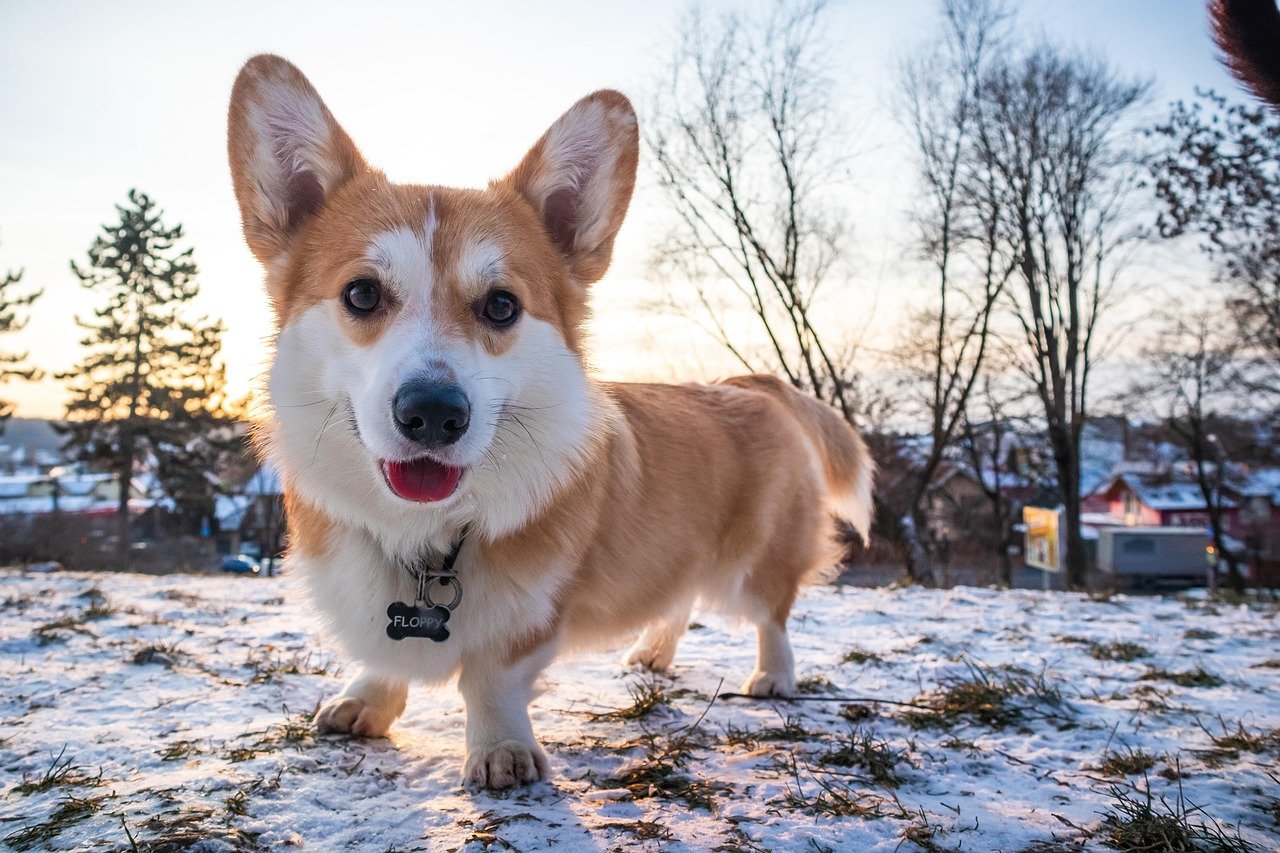
Pembroke Welsh Corgis are a beloved herding breed. These low-slung dogs trot along and can sometimes leverage their adorable looks into more snacks. When it comes to food obsession, the Pembroke Welsh Corgi knows how to play the cards, with their “steely, unwavering stare” as a honed weapon in their arsenal for guilt-tripping you out of your meal. Their royal connections haven’t diminished their street smarts when it comes to food acquisition.
This breed, originally bred for herding, applies its focus and determination to anything remotely edible, be it their own food, the cat’s forgotten kibble, or even a stray chip on the sidewalk. Corgis combine the intelligence of a working breed with the food motivation of a true gourmand. Their short legs and long bodies create an almost comical silhouette when they’re stationed beside your dining table, but there’s nothing funny about their dedication to the cause.
Rottweiler: The Gentle Giant with a Sweet Tooth

Rottweilers trace their origins back to ancient Rome, where they were bred as cattle-driving dogs. Their history of working alongside butchers made them naturally food-driven, as they often received scraps as rewards. Over time, their strong food motivation has remained, making them one of the most popular dog breeds for training. Despite their imposing size, Rottweilers can be surprisingly gentle in their begging approach.
These dogs are natural guardians, but their deep attachment to their families makes them prone to begging. They quickly learn that a well-timed whine or a persistent stare can score them a treat. If ignored, expect puppy dog eyes whining at full force. Their intelligence means they’re excellent at reading family dynamics and identifying the most likely person to share their food. They can remember what works and will repeat actions that lead to food rewards. Their strategic begging skills make them experts at reading emotions.
Norwegian Elkhound: The Viking Food Seeker
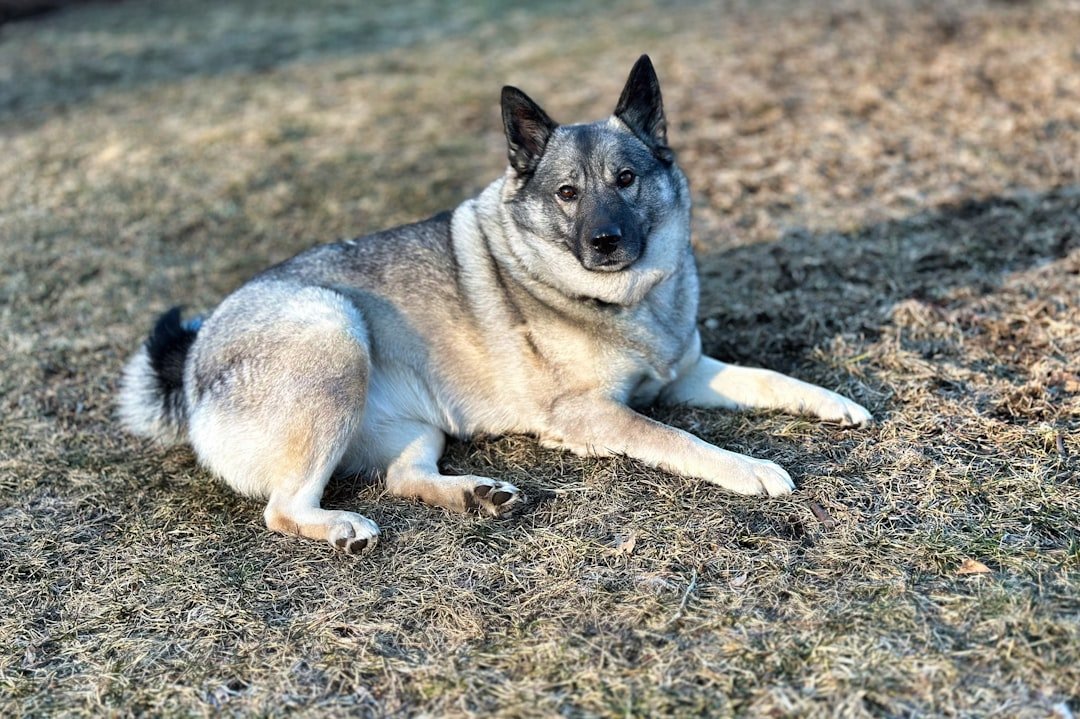
The Norwegian Elkhound is an ancient breed originally used by Vikings for hunting large game. With a history of working alongside humans, these dogs developed a strong food drive, often rewarded with food scraps after a successful hunt. This deep-rooted association with food makes them persistent beggars. Their Viking heritage shows in their approach to food – they see every meal as a potential reward for their loyalty.
Their hunting instincts make them naturally opportunistic. Accustomed to searching for hidden treats, they have an uncanny ability to sniff out food – even from across the room. If there’s a delicious meal nearby, expect them to sit by your side, waiting for a bite. Norwegian Elkhounds combine patience with persistence, creating a begging style that’s both respectful and relentless. They observe patterns, remembering which behaviors lead to food rewards. A little whining or a well-timed nudge is all it takes to convince their owners to share a snack.
Boston Terrier: The Charming Little Beggar
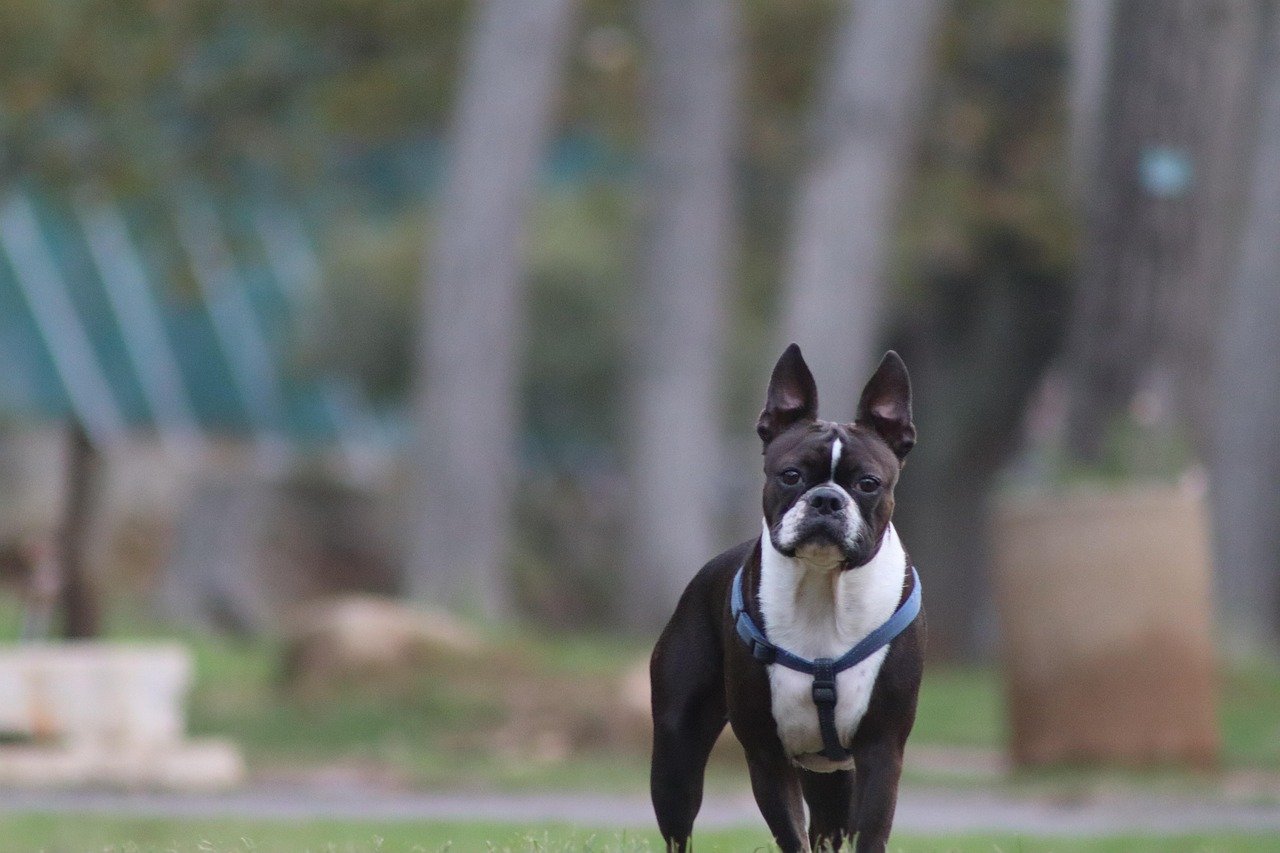
Boston Terriers are enthusiastic little companions who adore treats. Their eager-to-please personalities and love of food make them quick learners. Keep training sessions short and fun, and they’ll respond beautifully to tasty incentives. Bostons are known to be food-oriented which makes training easier, especially positive reinforcement. This food motivation extends naturally into their begging behavior.
Boston Terriers have a unique combination of goofy charm, dramatic flair, and endless energy, including those soulful googly eyes when begging for snacks. Their expressive faces and compact size make them masters of the “cute factor” approach to food acquisition. Boston terriers can be very stubborn, and this stubbornness serves them well when they’ve decided your dinner looks more appealing than their kibble. They’re willing to outlast your resistance with sheer persistence and charm.
Cocker Spaniel: The Sweet-Faced Strategist
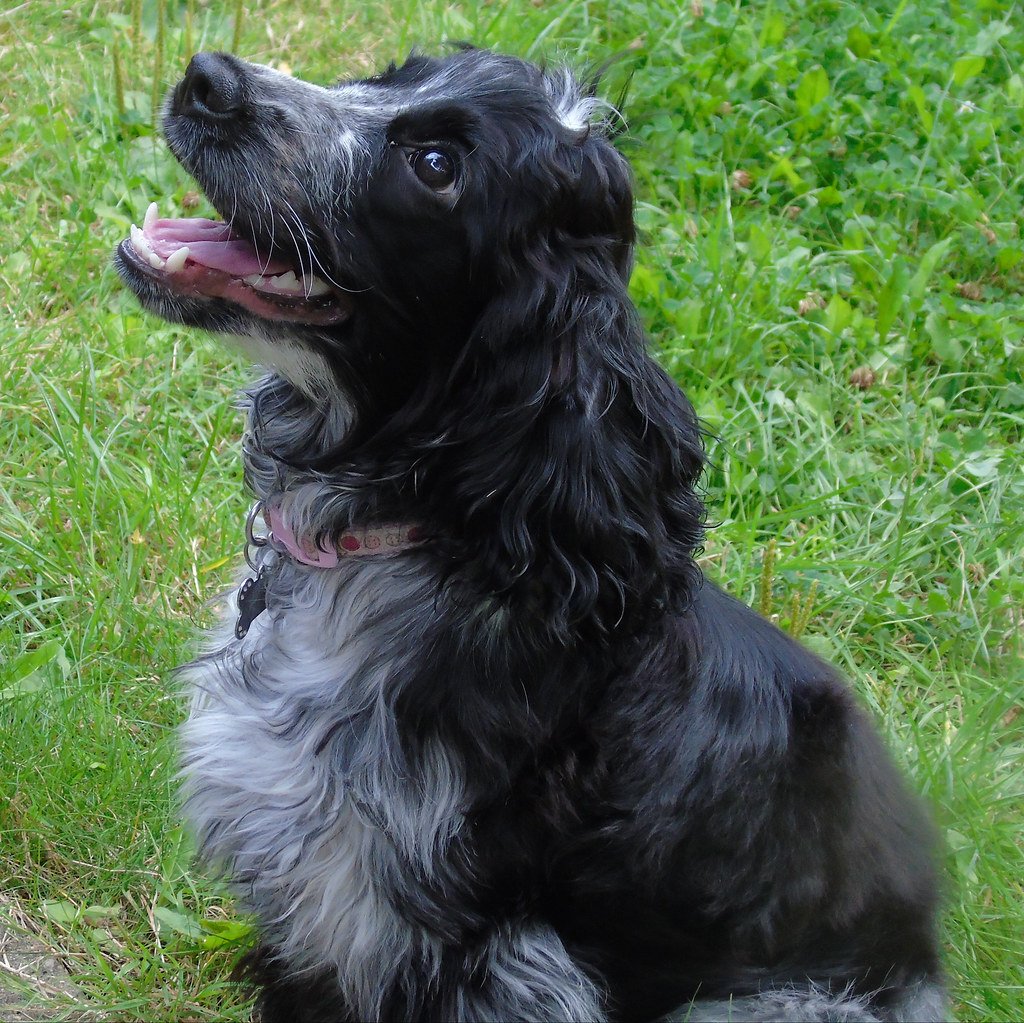
Cocker Spaniels are known for their beautiful coats and their insatiable appetite. These cheerful dogs are always eager for a meal or a snack. Their lively nature and expressive eyes make them hard to resist, especially when they’re begging for a treat. Their silky ears and gentle expressions create an almost irresistible combination when they’re positioned hopefully beside your chair.
The Cocker Spaniel, renowned for its gentle disposition and flowing locks, also harbors a strong passion for food. Originally bred as hunting dogs, their energy levels are sustained by a keen appetite. Cocker Spaniels can sometimes leverage their adorable expressions to coax an extra treat or two from their owners. They’ve mastered the art of looking both dignified and desperately hopeful simultaneously, making it nearly impossible to enjoy a meal without feeling compelled to share.
Conclusion

Living with any of these persistent food-motivated breeds means accepting that solitary dining is a thing of the past. These dogs have turned mealtime begging into an art form, combining intelligence, persistence, and emotional manipulation in ways that would make professional negotiators proud. While their begging behavior might seem problematic, it’s often a testament to their intelligence and their deep desire to be part of every family activity – including meals.
The key to managing these food-focused companions lies in understanding that their behavior stems from love, intelligence, and sometimes genetics rather than simple greed. With consistent training, proper feeding schedules, and perhaps a sense of humor about their antics, you can learn to coexist peacefully with your furry dining companion. Remember, behind every pair of pleading eyes is a dog who just wants to share in the joy of good food and family time.
Did you recognize your own furry friend in this list, or were you surprised by which breeds made the cut?

Andrew Alpin from India is the Brand Manager of Doggo digest. Andrew is an experienced content specialist and social media manager with a passion for writing. His forte includes health and wellness, Travel, Animals, and Nature. A nature nomad, Andrew is obsessed with mountains and loves high-altitude trekking. He has been on several Himalayan treks in India including the Everest Base Camp in Nepal.

